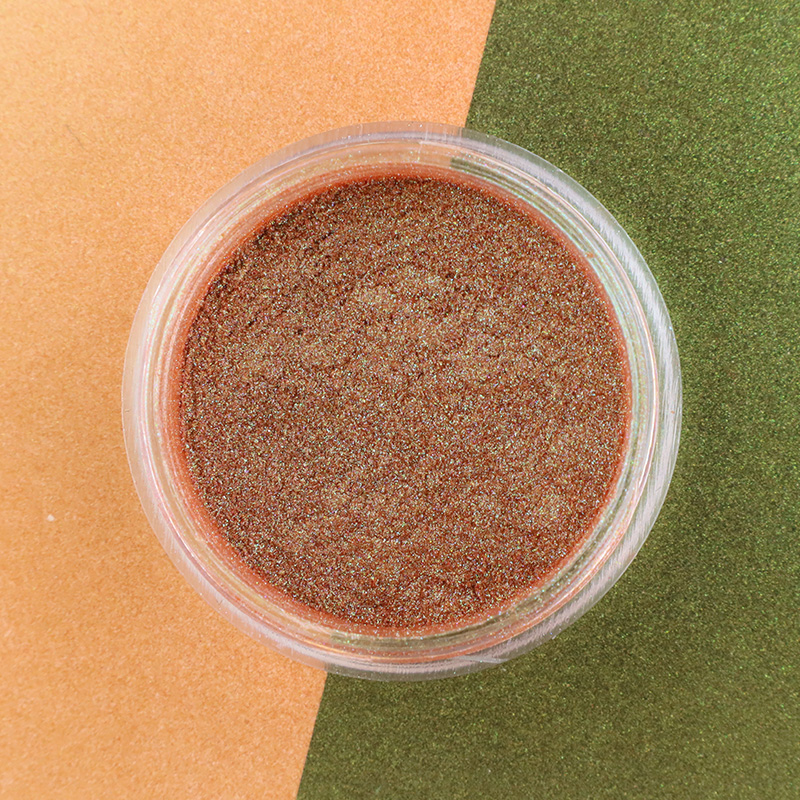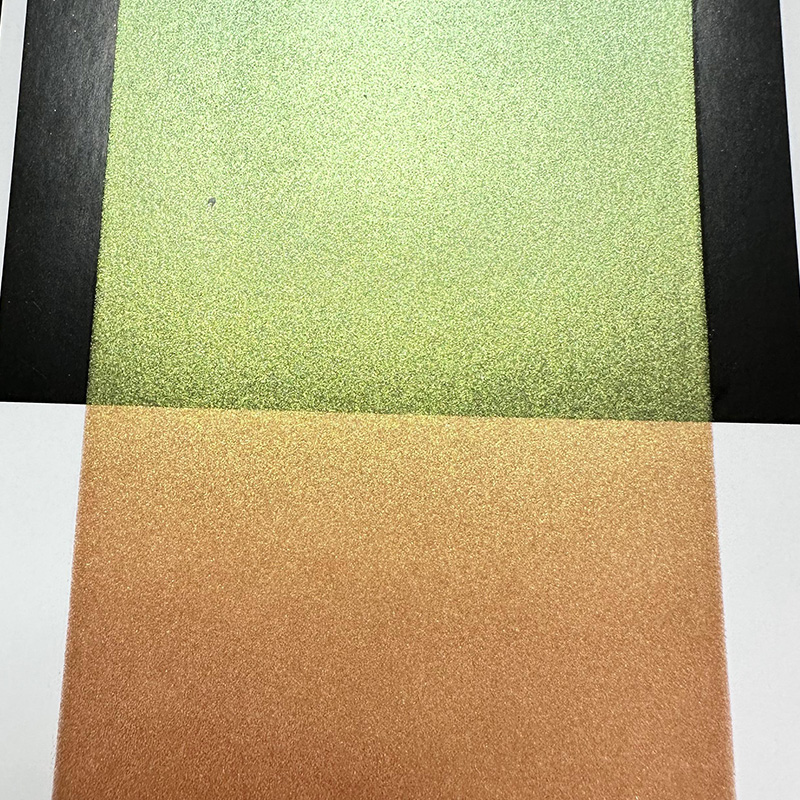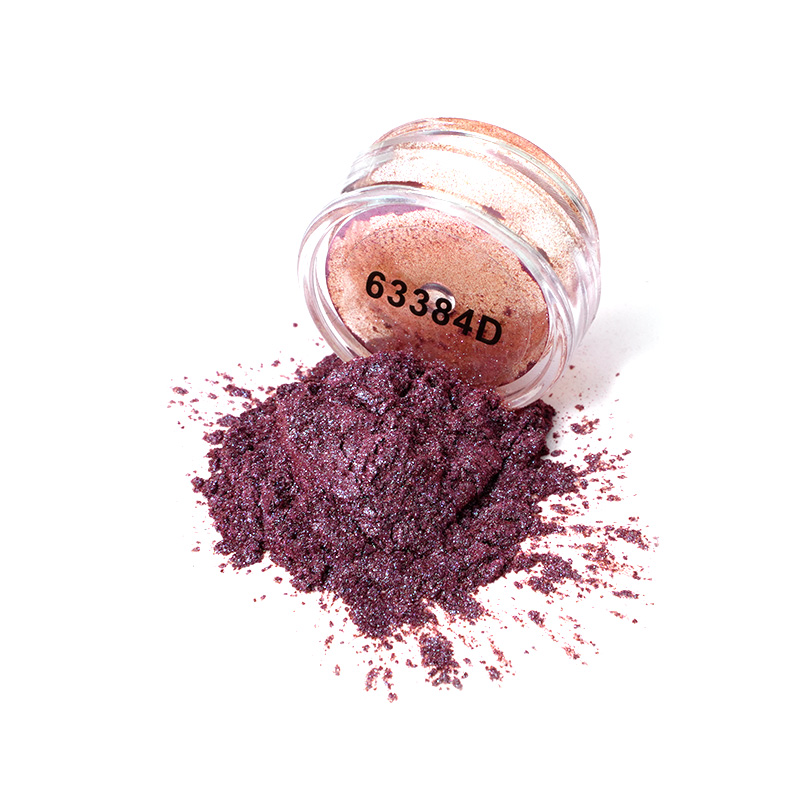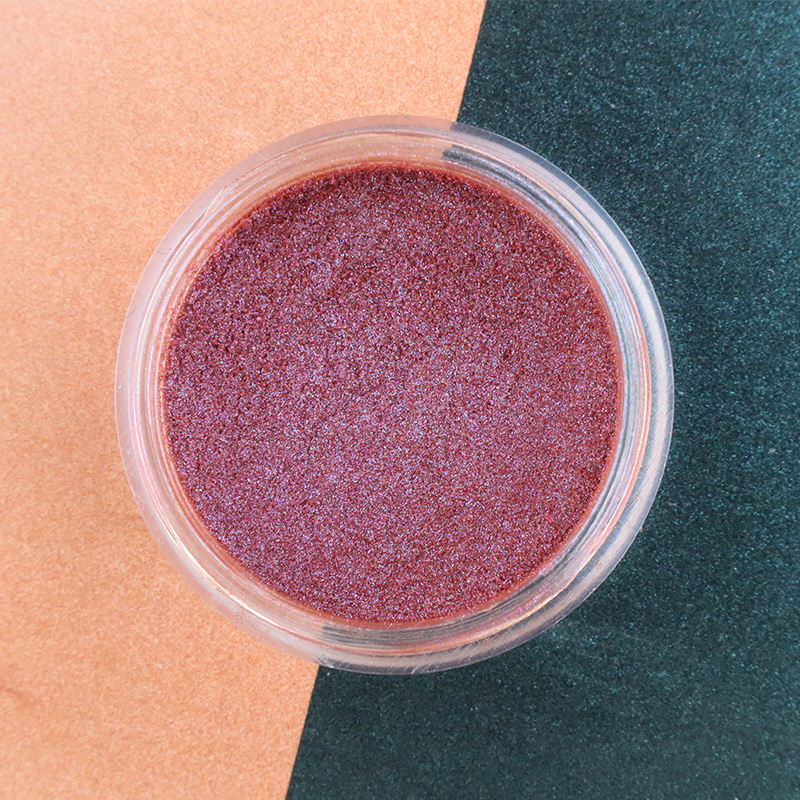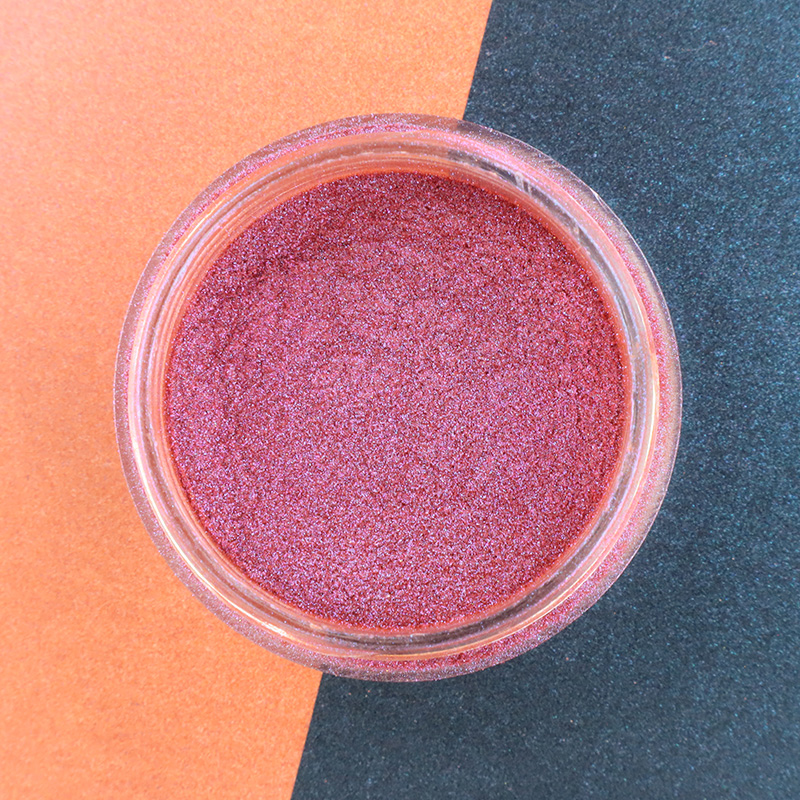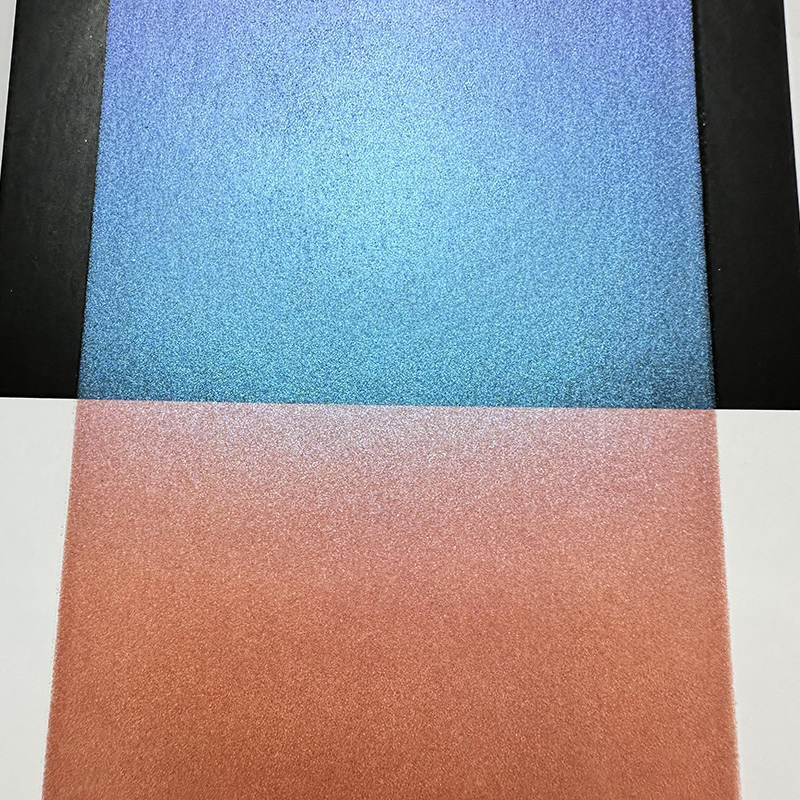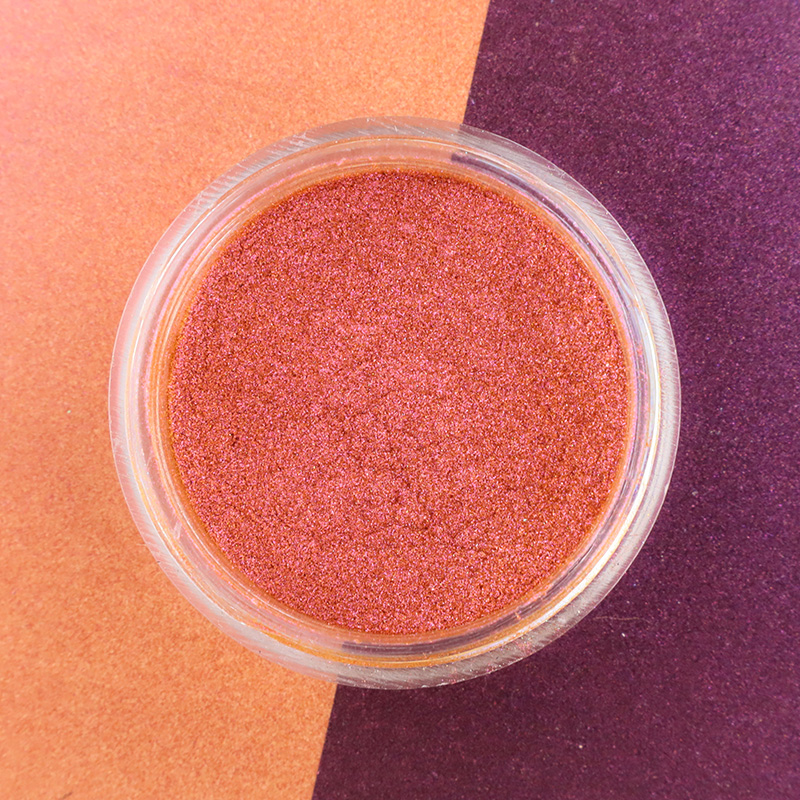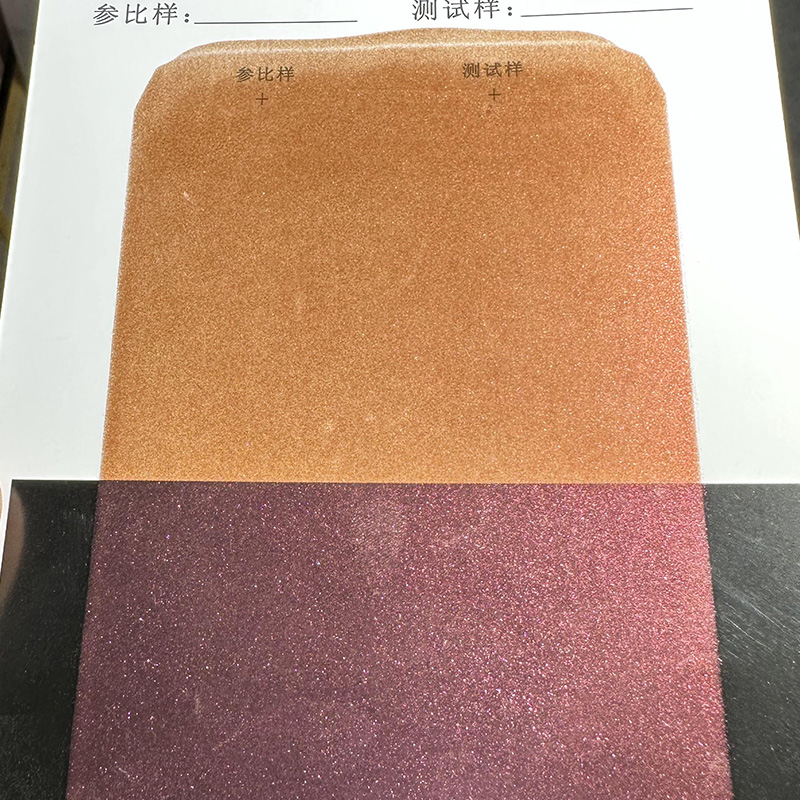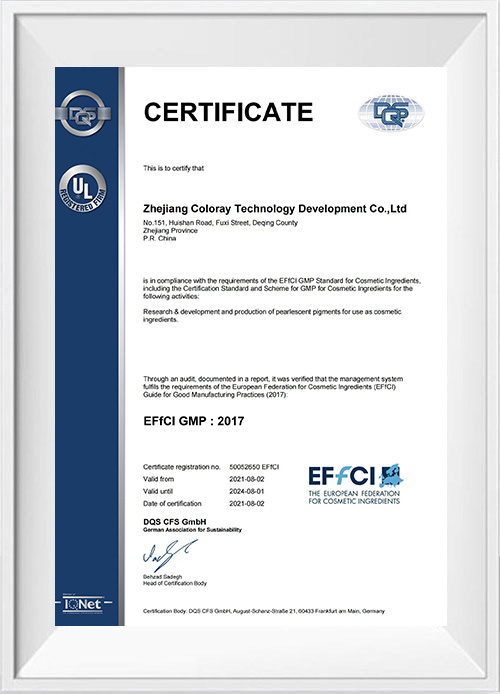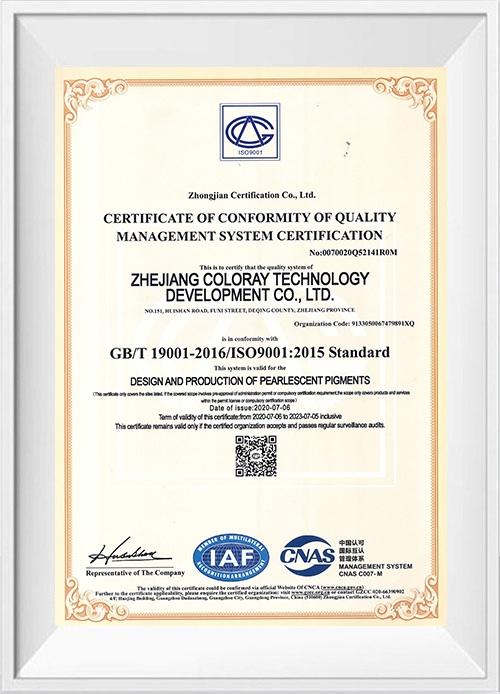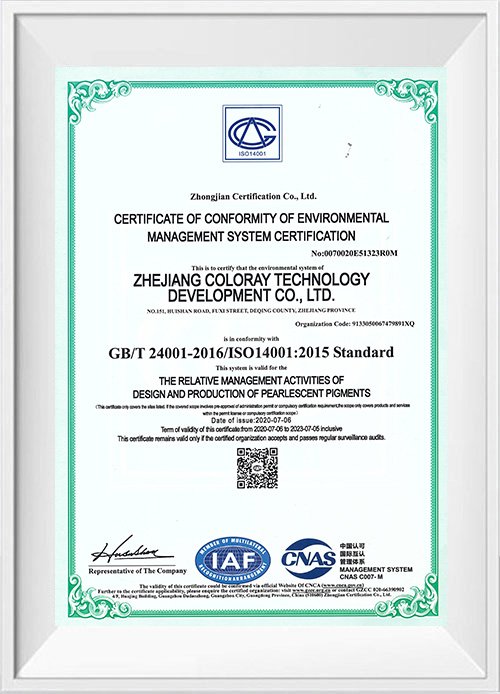How to dispose of metallic crystal chameleon pigments?
The disposal of metallic crystal chameleon pigments is a complex issue that requires comprehensive consideration of environmental, economic and regulatory requirements. The following are some suggestions and steps for the disposal of metallic crystal chameleon pigments:
Before disposing of any waste material, it is necessary to first evaluate the type, quantity, chemical composition and potential environmental impact of the waste pigments. This helps to determine the most appropriate treatment method.
Collect metallic crystal chameleon pigments separately from other types of waste for subsequent treatment and recycling. This helps to reduce cross contamination and improve recycling efficiency.
Where possible, take measures to reduce the generation of waste pigments. For example, by improving production processes, increasing material utilization or adopting more environmentally friendly alternative materials.
Physical treatment methods include crushing, screening and separation, etc., the purpose is to separate pigments from other materials in preparation for subsequent chemical treatment or recycling.
Chemical treatment may include neutralization, precipitation, oxidation-reduction and other methods to stabilize the metal components in the pigment and reduce its potential harm to the environment.
Explore the possibility of recycling and reusing discarded metallic crystal chameleon pigments. For example, extract the metal components in the pigment and use them to make new pigments or other products.
If the pigment cannot be recycled, consider converting it into energy through methods such as incineration. This requires ensuring that the waste gas generated in the process is properly handled to avoid pollution.
For waste pigments that cannot be recycled or energy recovered, they need to be safely disposed of in accordance with environmental regulations. This may include methods such as deep burial, solidification or chemical stabilization.
Throughout the waste treatment process, relevant environmental regulations and standards must be followed to ensure that the treatment activities do not cause further damage to the environment.
During and after the treatment process, environmental monitoring is carried out to ensure that no pollutants leak or spread into the surrounding environment.
Communicate with the public to explain the methods and measures of waste treatment and how these measures protect the environment and public health.
Based on the results of waste treatment and the results of environmental monitoring, continuously improve the treatment methods to improve the treatment efficiency and environmental performance of waste pigments.
Keep detailed records of all aspects of waste treatment, including the collection, treatment and disposal of waste pigments, and report to the relevant environmental protection departments regularly.
What measures can be taken to reduce the environmental impact of metallic crystal chameleon pigments?
Reducing the environmental impact of metallic crystal chameleon pigments needs to be based on the perspective of the entire product life cycle, including the selection of raw materials, the production process, product use, and waste disposal. Here are some specific measures:
Select raw materials with less environmental impact and avoid using toxic or hazardous substances. Give priority to materials from renewable or sustainable sources to reduce dependence on natural resources.
Continuously optimize production processes to reduce energy and raw material consumption. Take measures to reduce waste generation during the production process, such as recycling solvents and reducing by-products. Use advanced pollution control technology to reduce waste gas, wastewater and solid waste emissions during the production process.
Design more durable products to extend the service life of products and reduce waste generation. Consider the recyclability of products when designing, so that products are easier to recycle and reuse at the end of their life cycle. Develop products with multiple uses to reduce dependence on other products, thereby reducing overall environmental impact.
Minimize the use of packaging materials and avoid excessive packaging. Use recyclable or biodegradable packaging materials to reduce the impact of packaging waste on the environment.
Encourage users to take energy-saving measures when using products, such as reasonably adjusting brightness and temperature. Provide detailed product usage guides to guide users to use products correctly and reduce waste.
Establish an effective product recycling system to encourage users to send discarded products to recycling points. Develop and apply reuse technologies to convert recycled pigments into new products or raw materials. Encourage users to participate in recycling activities through rewards or preferential policies.
Regularly monitor and evaluate the environmental impact of products and adjust improvement measures in a timely manner. Continue to invest in research and development to develop new materials, new processes and new products that are more environmentally friendly.


